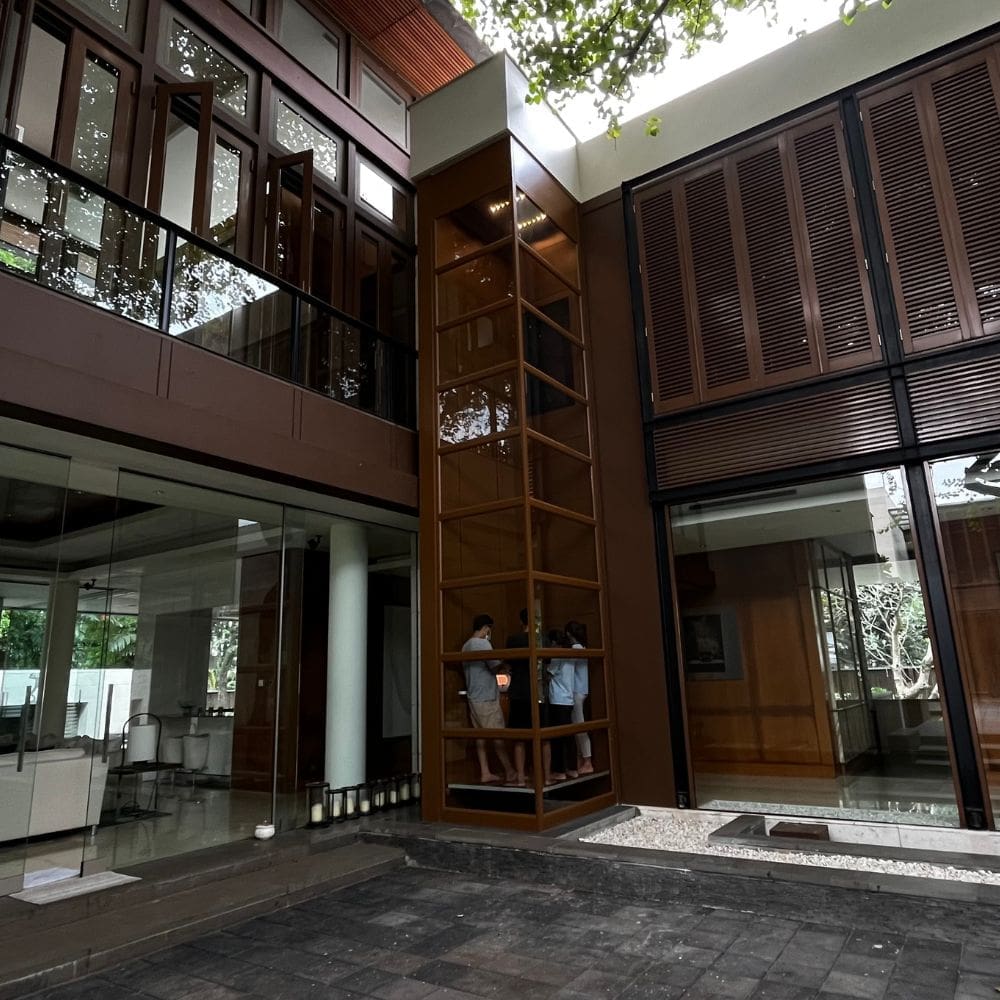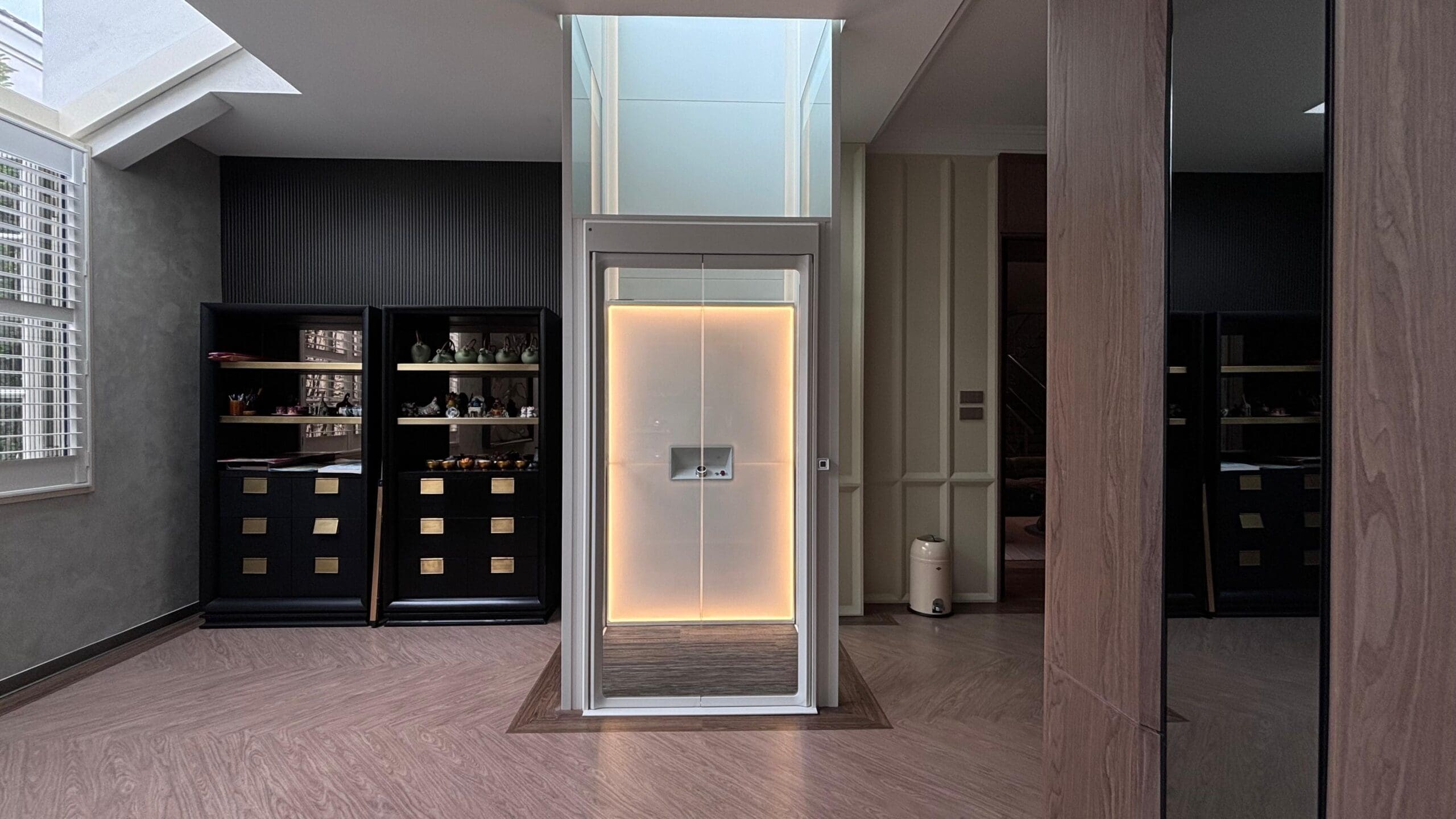In recent years, the popularity of home lifts has soared, providing convenience and accessibility for homeowners. However, ensuring the safety of these systems is paramount. In this article, we will explore practical tips and guidelines to improve home lift safety.
1. Regular Maintenance Checks:
Regular maintenance is crucial for the optimal functioning of home lifts. Schedule routine inspections by certified technicians to identify and address potential issues before they escalate. This proactive approach can prevent accidents and ensure a smooth and safe operation.
2. Emergency Preparedness:
Equip your home lift area with emergency features such as alarms, communication systems, and clear instructions for users. In the event of a power outage or technical malfunction, users should be aware of the emergency protocols to follow, ensuring a swift and safe evacuation.
3. Adequate Lighting:
Proper lighting is essential for a safe home lift environment. Ensure that the lift area is well-lit, both inside the lift cabin and in the surrounding space. Adequate lighting enhances visibility, reducing the risk of accidents and promoting a sense of security for users.
4. Non-Slip Flooring:
Consider installing non-slip flooring inside the lift cabin to prevent accidents caused by slips or falls. This is especially important in homes with elderly individuals or those with mobility challenges. Non-slip flooring enhances stability during the lift’s operation.
5. Overload Protection:
Adhere to the specified weight capacity of your home lift and discourage users from exceeding it. Implementing an overload protection system will ensure that the lift does not operate if the weight limit is surpassed, preventing potential damage and ensuring user safety.
6. Educate Users:
Promote awareness among users about safe practices when using the home lift. Develop user manuals that outline proper procedures, emphasize weight limits, and provide guidelines for emergency situations. Education is a key component of maintaining a secure home lift environment.
7. Install Safety Barriers:
Consider installing safety barriers, such as gates or doors, at each floor to prevent accidental falls. These barriers should only open when the lift is at the designated floor, adding an extra layer of protection for users, particularly children and pets.
Prioritizing home lift safety is essential for a secure and worry-free living environment. By following these guidelines, homeowners can enhance the safety of their home lifts and promote peace of mind for all users.
To explore advanced and reliable home lift solutions, visit the Skelevator website at www.skelevator.co.id. For further inquiries, contact us via WhatsApp at 081211312224.


